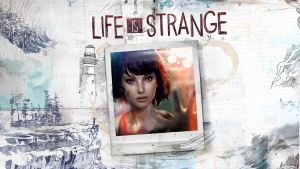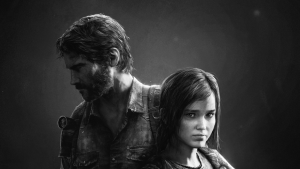Upon finishing all the required research questions, I am now looking over my work process and evaluating what I could have done better and what I believe I did well with. To begin with however, I want to discuss the topic of Harvard Referencing. “Harvard Referencing is an appropriate form of referring to a text, quote or a post by someone to back up your own words.” (Sawyer, 2013). Although some people thoroughly hate it, I personally have no issue. I will discuss this further once I have stated what I believe to be the pros and cons:
Pros
- Acknowledging the work of other writers and researchers.
- Demonstrates the body of knowledge on which you base your work
- Enables other researchers to verify the source and follow up.
- Prevents accusations of plagiarism.
Cons
- Numerous references within text become obstacles to the reader.
- Citation by author can be difficult due to most journals or reports containing multiple authors or governing bodies.
- Author and date of source aren’t specific.
- Supply of further details can make the reference longer and more intrusive.
I will now talk through these “cons”, by justifying the “pros”. First of all, you don’t need to reference every single sentence you write, if you’re doing such a thing then you’re bouncing between too many topics, a good rule is to use a new source ever 5 sentences at the least. This clears up any space in your text. Then to cover the demand for detail or supply of information, as long as you can show where you got your information from, you don’t need to worry. At the end of the day you’re trying to cover yourself to show you’re plagiarising someone else’s work.
In terms of any improvements, other than adding more images I can’t think of any improvements. I always believe that you should never submit work that you’re not 100% confident in. Even when looking into other people’s opinions on the matter, it tends to be the recurring theme that if you don’t believe an image should be added, then don’t (Turner, 2016). An image should only be included if relevant to the piece of text, or to back up your any information you are giving and not for mere decoration.
Outside of the work pieces themselves, I personally wish my time management in terms of keeping up to date week by week was better. This would have meant less work for me to do at one time, however I don’t feel like it affected my work outcome in the end. Even though I did miss some RCS lectures, the use of Panopto recordings, allowed me to catch up on anything I missed, plus the uploads of the slides to blackboard, also helped a lot in terms of what to research.
References
Sawyer, B. (2013, October 14). Research, Harvard referencing & Pros and Cons of secondary research. Retrieved from brendansawyer – gateshead: https://brensawyer.wordpress.com/2013/10/14/research-harvard-referencing-pros-and-cons-of-secondary-research/
Turner, R. (2016, Dec 19). When writing an academic essay, is it appropriate to add pictures that support the piece? Retrieved from Quora: https://www.quora.com/When-writing-an-academic-essay-is-it-appropriate-to-add-pictures-that-support-the-piece











